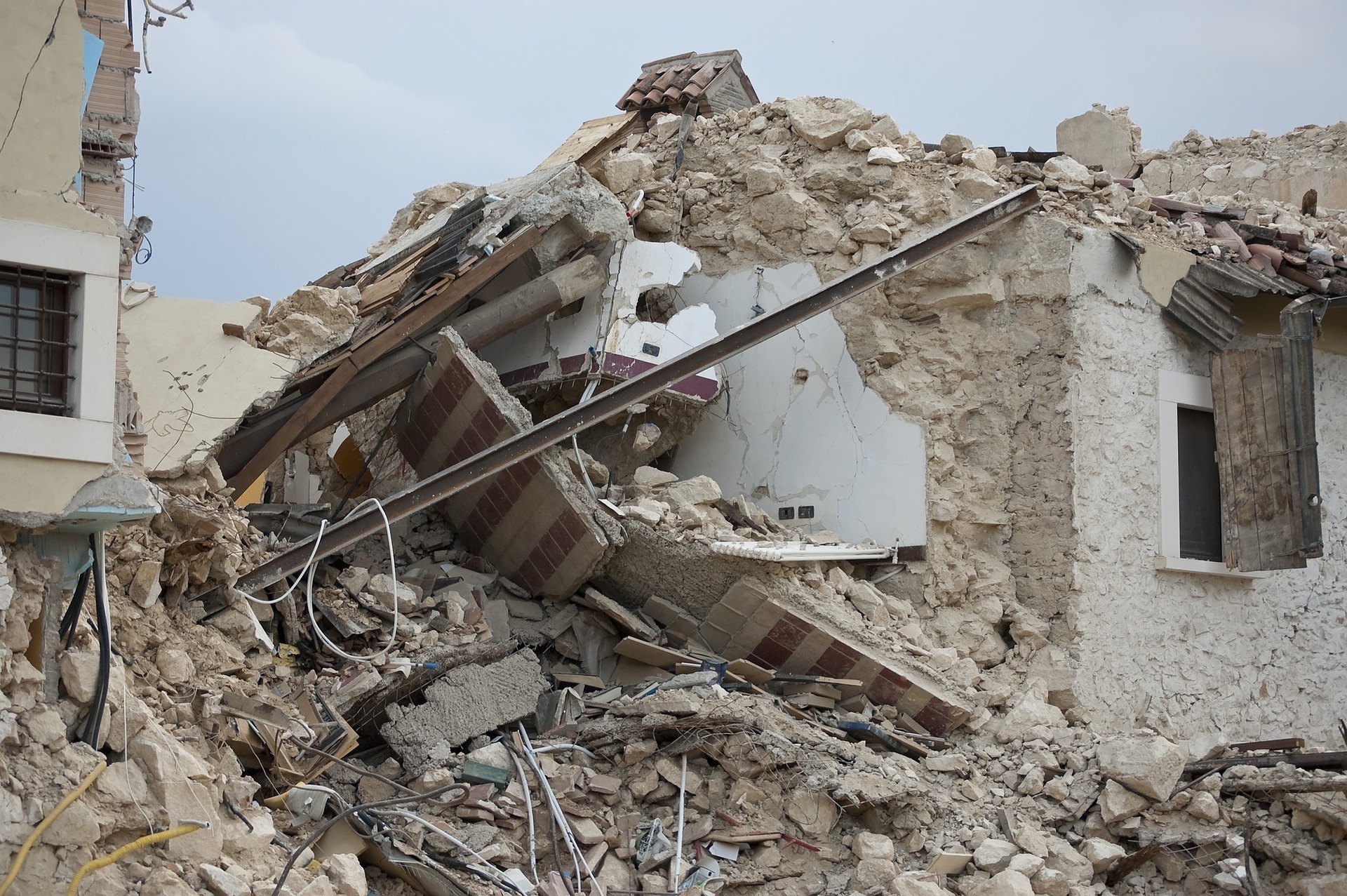
Ankara – Technology is essential to disaster relief efforts, but what marks out the Turkey-Syria situation is the scale of open-source websites, AI and social media usage.
Technology is expediating and magnifying rescue and humanitarian relief efforts, and in the longer term will help make communities more resilient. Very little tech was used after the Christchurch earthquakes in 2010 and2011.
Integrating technology into humanitarian work will ensure that those managing relief efforts are better prepared to tackle future disasters
The devastating Kahramanmaras double earthquake that struck south-eastern Turkey and northern and western Syria offers an insight into how technology is increasingly supporting short-, medium- and longer-term relief efforts in disaster-stricken areas.
It is difficult to comprehend the scale of the devastation that the two earthquakes, registering 7.8 and 7.5 on the Richter scale, wrought on the area.
It is estimated that the devastation spans ten provinces, over more than 50,000 square kilometres, and as of February 16, the death toll stood at almost 42,000 people. On 15 February, the WHO declared it to be the worst disaster affecting its 53-country Europe region in 100 years.
Emerging technologies have become a staple of disaster relief efforts and have been in use since the early 2000s. What distinguishes the Turkey-Syria relief efforts is the scale of the usage of open-source websites, AI and social media.
Both countries were swiftly offered support, financial donations and solutions from those wanting to help worldwide. Among the innovative uses of technology have been:
- The use of social media to share vital information and organize support. In some instances, those trapped tweeted messages with their location, sharing them with users who have large followings.
- A high-pitched whistle app was developed, which those trapped could use to attract attention from their phone.
- Meta made available a safety check feature allowing individuals to let family and friends know that they were safe – something that the company has been doing for many years.
- Search and rescue teams including Turkey’s search and rescue group set up their own WhatsApp helpline to spread information about rescue operations and volunteering.
- Spearheaded by the region’s youth, developers set up basic HTML, to make them easier and quicker to load, open-source crisis assistance websites and platforms, some of which have been funded as start-ups.
- Among these are the creation of heatmaps for rescue services, identifying where survivors are buried with information collated from calls made for help; information about blood donations; links for temporary accommodation providers and those distributing food and clothing; lists, many generated from a lot of scattered data and sorted using AI, of those known to be trapped in the rubble, as well as those in need of urgent humanitarian assistance or medical aid; and apps matching those willing to help with those in need of help.
- Microsoft Turkey made all its technologies freely available to those groups operating in the disaster zone. As with previous such disasters, satellite imagery was used to provide a wider view of the affected area. Images helped relief organizations identify the worst-affected areas as well as determine the state of infrastructure, which is critical to ensuring aid is delivered effectively.
Technology is playing an increasing and increasingly invaluable role in disaster relief efforts, the World Economic Forum says. Whether it’s using AI to filter and analyse a lot of data, using open-access software to create localized solutions, or employing robotics (land or aerial) to support search teams, technology is expediating and magnifying rescue and humanitarian relief efforts, thereby saving lives.

